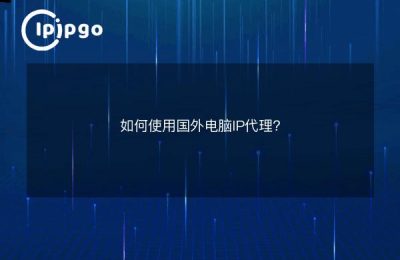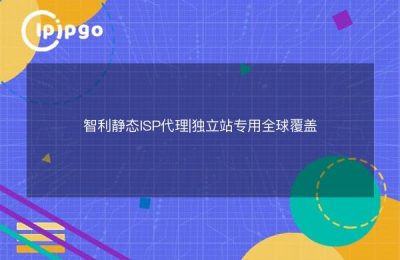
I believe you are not unfamiliar with the IP proxy, which allows us to access the Internet as a different country or region on the network, to achieve the purpose of accessing the website of the restricted area.
I. What is an IP proxy?
First of all, let's understand what IP Proxy is.IP Proxy is a technology that allows us to hide our real IP address and access the web through an intermediate server. Using IP proxy, we can request data from the target website through an intermediate server and return the data to our device, thus realizing the purpose of network access. And the method of setting up domestic IP proxy on cell phone is the specific steps to use domestic IP proxy on cell phone.
Second, find a reliable IP proxy service provider
Before we start to set up a cell phone domestic IP proxy, we first need to find a reliable IP proxy service provider. These service providers usually offer some paid or free IP proxy servers for users to choose to use. We can find such a service provider through search engines or by consulting our friends. When choosing a service provider, we need to pay attention to the following points:
1. Stability of the service: Ensure that the IP proxy server provided by the service provider is stable and reliable, so as to avoid frequent connection problems in the course of use.
2. Geographic location selection: according to the region we need to visit to choose the IP proxy server provided by the service provider to ensure that we can smoothly access the target site.
3. Speed and bandwidth: Ensure that the IP proxy server provided by the service provider has sufficient speed and bandwidth to provide a smooth Internet experience.
Third, set up cell phone IP proxy
After choosing a suitable IP proxy service provider, we can start to set up the cell phone domestic IP proxy. Here are the specific steps to set up:
1. Open your phone's Settings screen and locate the Wireless and Networks option and tap on it.
2. In Wireless and Network Options, find Options and click on it.
3. In Options, click Add Configuration and select Manual Configuration.
4. In the Manual Configuration page, fill in the information about the IP proxy server, including the server address, port number, and protocol type.
5. Fill in the user name and password of the proxy server as required (some proxy servers require authentication).
6. Save the configuration and return to the previous menu, turn on the connection switch and wait for the phone to connect to the domestic IP proxy server.
7. Once the connection is successful, we can open a browser or application and enjoy surfing the Internet as a domestic identity.
IV. Solutions to common problems
You may encounter some problems when using a cell phone domestic IP proxy, here are some solutions to common problems:
1. Unstable connection: If we frequently encounter unstable connection in use, we can try to change the IP proxy server or contact the IP proxy service provider for help.
2. Slow access: If we feel that the access speed is slow, we can try to replace other IP proxy servers, or contact the service provider to adjust the bandwidth.
3. Authentication Failure: If we encounter authentication failure when connecting to the IP Proxy Server, we may have entered the wrong username or password, you can check and re-enter the correct information.








